Making of ‘Past Lives’: How Celine Song’s Unusual Exercises Helped Her Cast and Crew Deliver a Lived-In Drama
- Oops!Something went wrong.Please try again later.
- Oops!Something went wrong.Please try again later.
- Oops!Something went wrong.Please try again later.
- Oops!Something went wrong.Please try again later.
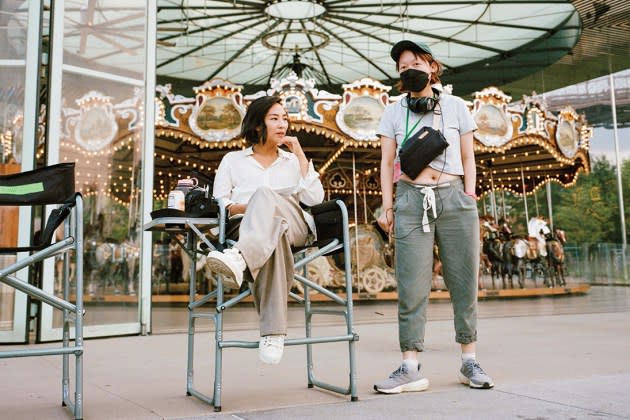
To achieve the hyper-naturalistic, lived-in connections among her trio of characters in Past Lives, writer-director Celine Song put both her cast and crew through a number of unusual exercises.
For Greta Lee and Teo Yoo, who play childhood soulmates Nora and Hae Sung, that meant not being allowed to physically touch until the very moment their characters do onscreen, when they reunite as adults in New York City. “It becomes this really big, kind of cosmic thing to create this weird emotion of longing for each other,” Yoo tells THR. “That created a certain type of chemistry and this wonderful tension on film.”
More from The Hollywood Reporter
The story unfolds in three chronological acts: 24 years ago in Seoul during the last days before Nora’s family immigrates to North America; 12 years later, when Nora and Hae Sung briefly reconnect over Facebook and Skype as students on opposite sides of the world; and then the present, when Hae Sung visits New York to see Nora — now married to an American man, Arthur. What could easily be a melodramatic love triangle in different hands instead is a quiet exploration of finding resolution and making peace with the roads taken and not taken in one’s life.
“It’s OK if [a love triangle] is how you want to watch it, but that’s not the intention,” says Song, whose own experience sitting between her American husband and Korean childhood sweetheart at a bar one night five years ago sparked the idea for the film. “To me the movie really is about taking the moment to say our proper goodbyes to parts of ourselves.”
When Nora, in her 20s, first meets Arthur at a writers retreat in Montauk, she tells him about in-yun, a Korean concept about how certain souls are destined to connect and reconnect over and over again through multiple lifetimes. That’s how many of the cast and crew felt about their participation in the project. “Celine joked to me that we were absolutely married at one point in our lives, and kind of recently, too, in the last 500 years,” says Lee, who plays the filmmaker’s avatar. She initially wasn’t cast; Song envisioned a younger trio of leads, built around an actor for Hae Sung who became unavailable. When the director went back to the drawing board, she realized she needed to build the story around Nora, and that Lee was the one. “Greta had both the amazing fear and the courage in going forth in her first role as a lead and also one of her first forays into the kind of vulnerability and humanity she’s being asked [to show] in every moment of the film,” Song says. “She knows that’s scary, and she’s in touch with it.”
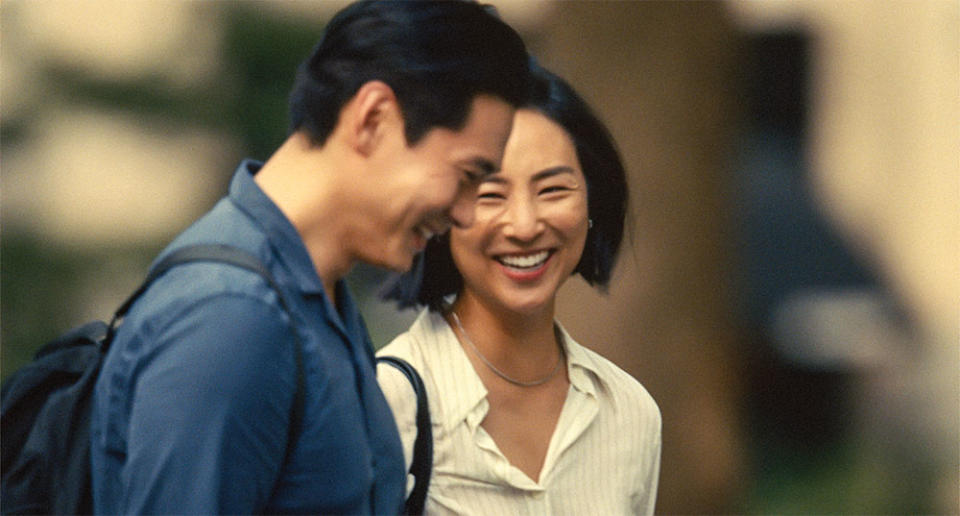
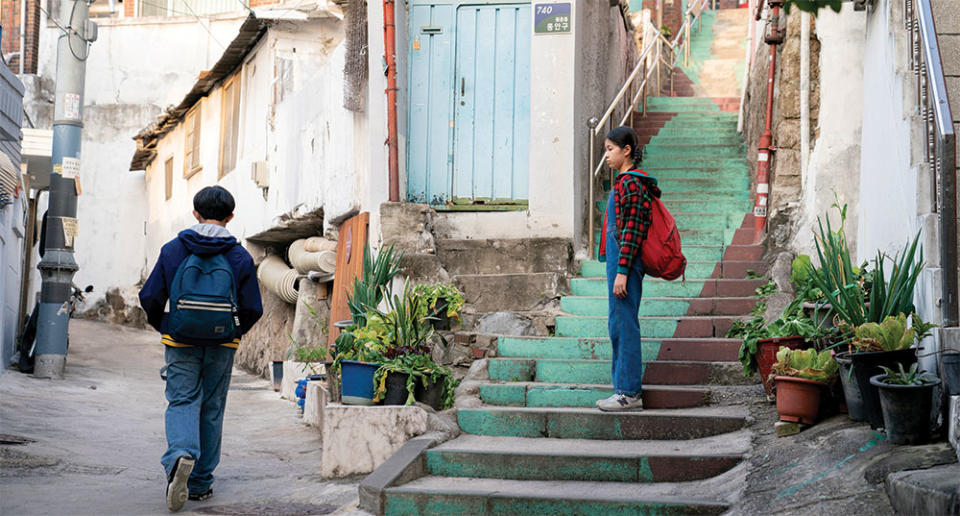
While the German-born Yoo and John Magaro, who plays Arthur and in real life is married to a Korean American woman, had to calibrate their accents and mannerisms to fit their characters, the two men faced a unique challenge on set: Song, in another of her uncommon exercises, did not have them meet at all until their characters did on camera. “There’s timing and budget constraints, so keeping two actors apart is not an easy thing,” Magaro says. “But we had such an amazing crew who really believed in Celine’s vision and were willing to go the extra distance to make things like that happen.”
What’s more, Song instructed Lee — who felt at times that she was making two different movies, in two different languages — to tell each of her two male scene partners what it was like filming with the other. Yoo jokes that their director is a sadist, Magaro calls her a sociopath, but Song says it was all in service of the story. “I was building jealousy, because if you don’t feel jealous, then you don’t care. The thing is, you have to overcome jealousy because you care about her so much.”
The cameras were rolling when Yoo and Magaro finally met in person, in character, as Hae Sung awkwardly steps into Nora and Arthur’s apartment, and that first take is the one that ended up in the final cut. “What’s important is the men didn’t get to modulate their own chemistry to contrast to the other guy’s. [The exercises] were a way to help them focus on their own connection with [Lee],” Song says. “I wanted the whole film to feel like a knife, and it’s got to build to the point where it’s sharp and you’re going to stab. By the time we enter the third act and they meet each other, it’s like an explosion.”
An explosion that packs an emotional punch more devastating than any pyrotechnics. “It was a matter of survival for the film that it’s not going to have huge special effects or massive action sequences,” Song says. “All it’s going to have is the way it’s going to connect with the audience and their heart, and that is something you cannot bullshit.” The climax of the film is teased at the beginning — Nora sits in a bar, flanked by her childhood sweetheart and her husband, during one of those timeless New York City nights when nobody else exists except the person you’re talking to at that given moment. Lee and Song discussed the latter’s vision during their preliminary meeting, an ostensible audition that stretched into an hours-long conversation on Zoom. “We were like two little girls scheming together, like, ‘Do we think we can pull this off?’ This hope and fiery belief we could do these scenes that could feel cinematic and epic when time stands still and the world stops and it just feels celestial?” says Lee. “Do we think we can conjure that essence for the bar scene? Do you think they’ll let us?”
Song’s script convinced many people to place their faith behind the playwright making her debut feature. “When we were putting it together, we had to move really quickly, which is part of why we [producers] all came back together in this alignment, because we needed someone you had a shared communication style with,” says 2AM founding partner David Hinojosa, who reunited with his former Killer Films colleagues Christine Vachon and Pamela Koffler to produce Past Lives. “Sometimes you’re competing for a really terrific department head, and it was like, ‘Just take 10 minutes and read 10 or 15 pages, and I’ll see you on set.’ It was magic.”
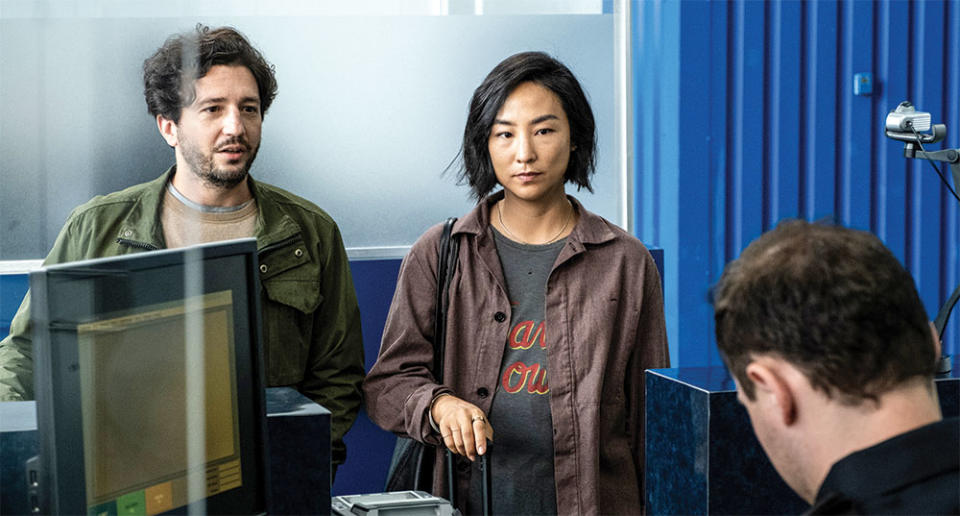
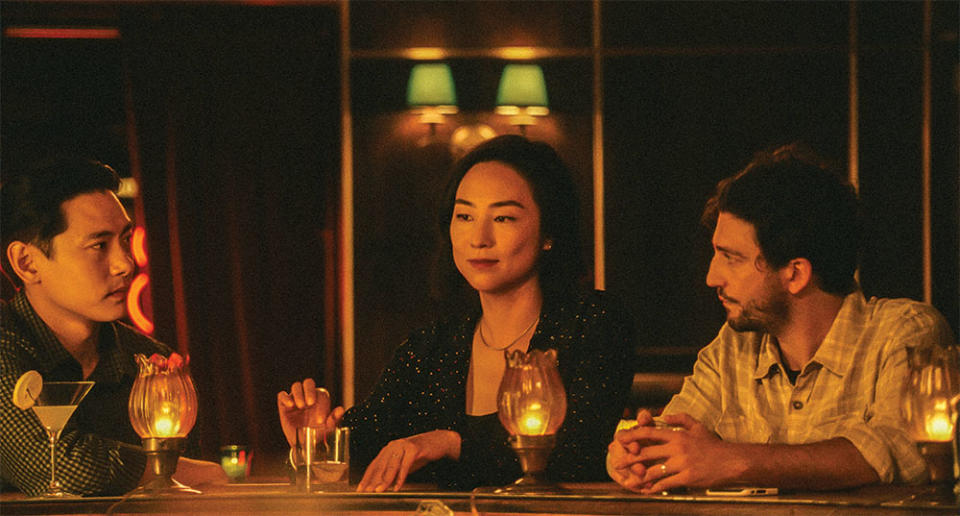
Cinematographer Shabier Kirchner and production designer Grace Yun were among the first to board the project, which was originally slated to shoot in 2020. COVID-related complications, particularly with an intercontinental shoot, delayed production to the second half of 2021, which had the effect of an unusually long prep time for the crew and the opportunity to undergo more of Song’s unique exercises. She had Kirchner and Yun read through the script multiple times with her, assigning a different character to them each time. “We were acting, which is something I don’t ever do, and getting into their headspace early on,” Kirchner says. “I got a great sense of the physicality behind how these characters will be moving through the space, to see their bodies and the proximity to one another and the subtleties of communication without words. That became really evident during those initial reads and was such an invaluable experience, and a tool I want to bring with me going forward.”
The final sequence of the film is deceptively simple. Nora walks Hae Sung down the street to the Uber that will take him back to the airport, and then she walks home to Arthur. Done primarily with a tracking wide shot, the camera movement tells the story: Nora and her childhood friend walk from right to left — into the past — and then she leaves him there, returning alone for the journey from left to right and back into the present. That was intentional, unlike the cinematography for an earlier sequence in which Nora and Hae Sung’s sightseeing date ends in front of Jane’s Carousel in Brooklyn Bridge Park. “We wanted to do this elaborate camera move where the camera would 180 around them while the sun is setting, and then when we got to that sequence, everything went wrong,” Kirchner recalls of the eventual static two-shot they captured. “I just had to grab the camera and hold it in place. I was super devastated after that, but now seeing the scene cut together, it is one of the most significant images, with that carousel moving anti-clockwise behind them, trying to rewind the hand of time. That was one of many instances where we had to respond to the environment and it ended up becoming part of this language. The film is telling you what it wants at a certain point.”
Other elements that appeared to have in-yun with the film included a pair of sculptures half a world apart. In act one, Nora and Hae Sung have one last play date at Korea’s National Museum of Modern and Contemporary Art, a memory that is echoed in the third act when they finally reunite 24 years later at the Museum of Modern Art in New York. The script calls for the first scene to take place in front of Nam June Paik’s iconic installation “The More, the Better,” but the tower of television monitors was under renovation, and MoMA was similarly unavailable at the time of filming. Because of COVID travel restrictions, the New York shoot had to be fully completed before production moved to Seoul, so the team shot the act three scene in Madison Square Park in front of a wall featuring two etchings of figures facing away from each other. The plan (or the hope) was to find something in the Korean museum’s sculpture garden that could mimic that staging.
“We didn’t know exactly what sculpture it was going to be, and we ended up seeing this work of art [in Korea] with these two faces facing one another,” Kirchner recalls. “We were like, ‘Oh my God, if this isn’t telling us what it wants to be, then I don’t know what is.’ Again, it was one of those things that if you’re really fluent in the material and the people you’re making it with, you’re ready to adapt in the moment.”
That sensibility suffused the set. “There are moments in life when you hope that there’s this project where this perfect storm is happening with the chemistry, and this is what happened this time,” Yoo says. “We were talking about in-yun all the time, all day, every day. Not [just] those who were in front of the screen but also behind, like Shabier, the lighting guy, the people who were hauling our cables. They were looking at us and crying at the end.”
As Song and her collaborators tell it, that’s because while Past Lives tells one woman’s culturally specific story, her experience is a universal one. “You shed a self, you separate from your family and make a new family, and either that’s global and temporal and dramatic, like immigration, or it’s much more psychological and subtle, like time passing,” Koffler says. “Everything separates you from the past simply because time happens.”
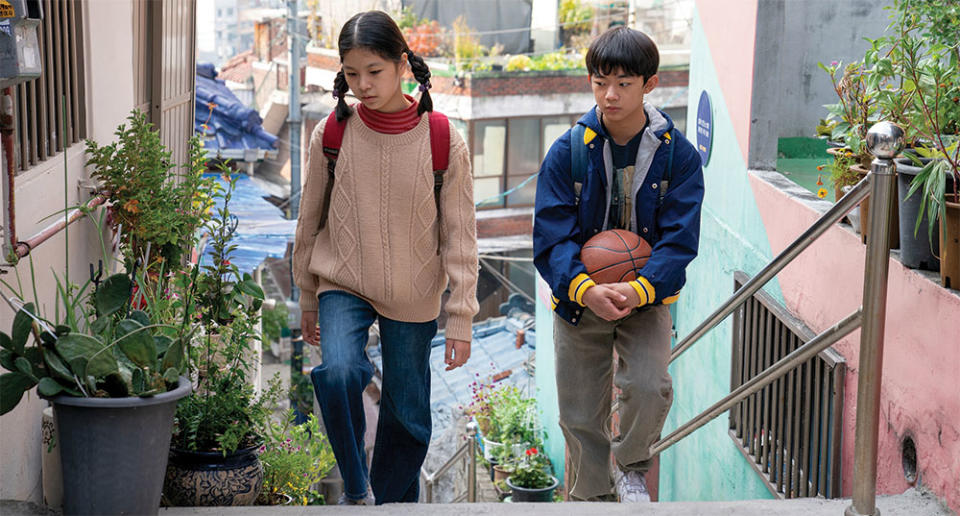
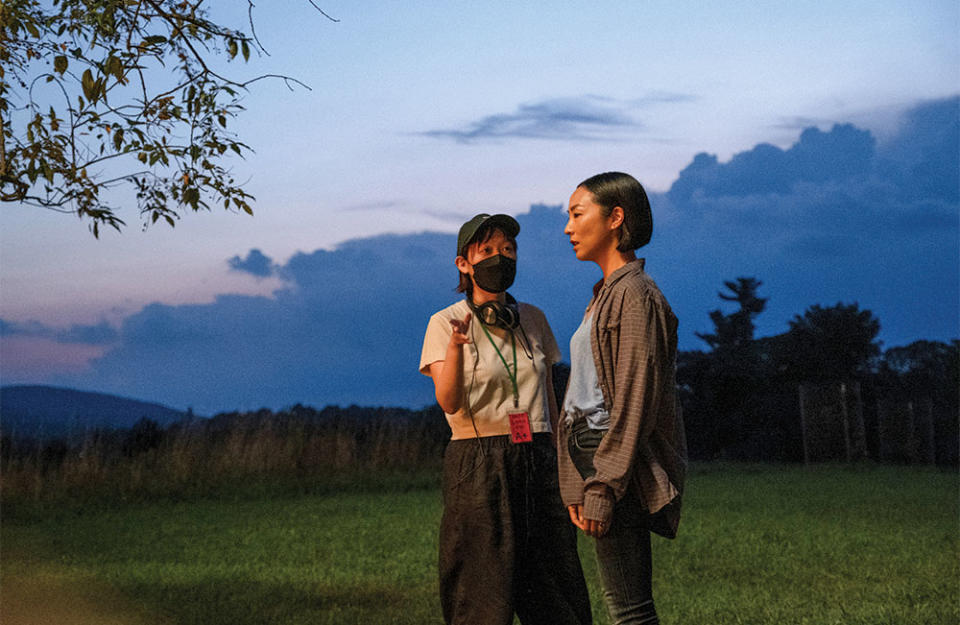
This story first appeared in a December standalone issue of The Hollywood Reporter magazine. Click here to subscribe.
Best of The Hollywood Reporter
Martin Scorsese’s 10 Best Movies Ranked, Including 'Killers of the Flower Moon'
13 Times Hollywood Predicted the Scary (or Not So Scary) Future of AI

